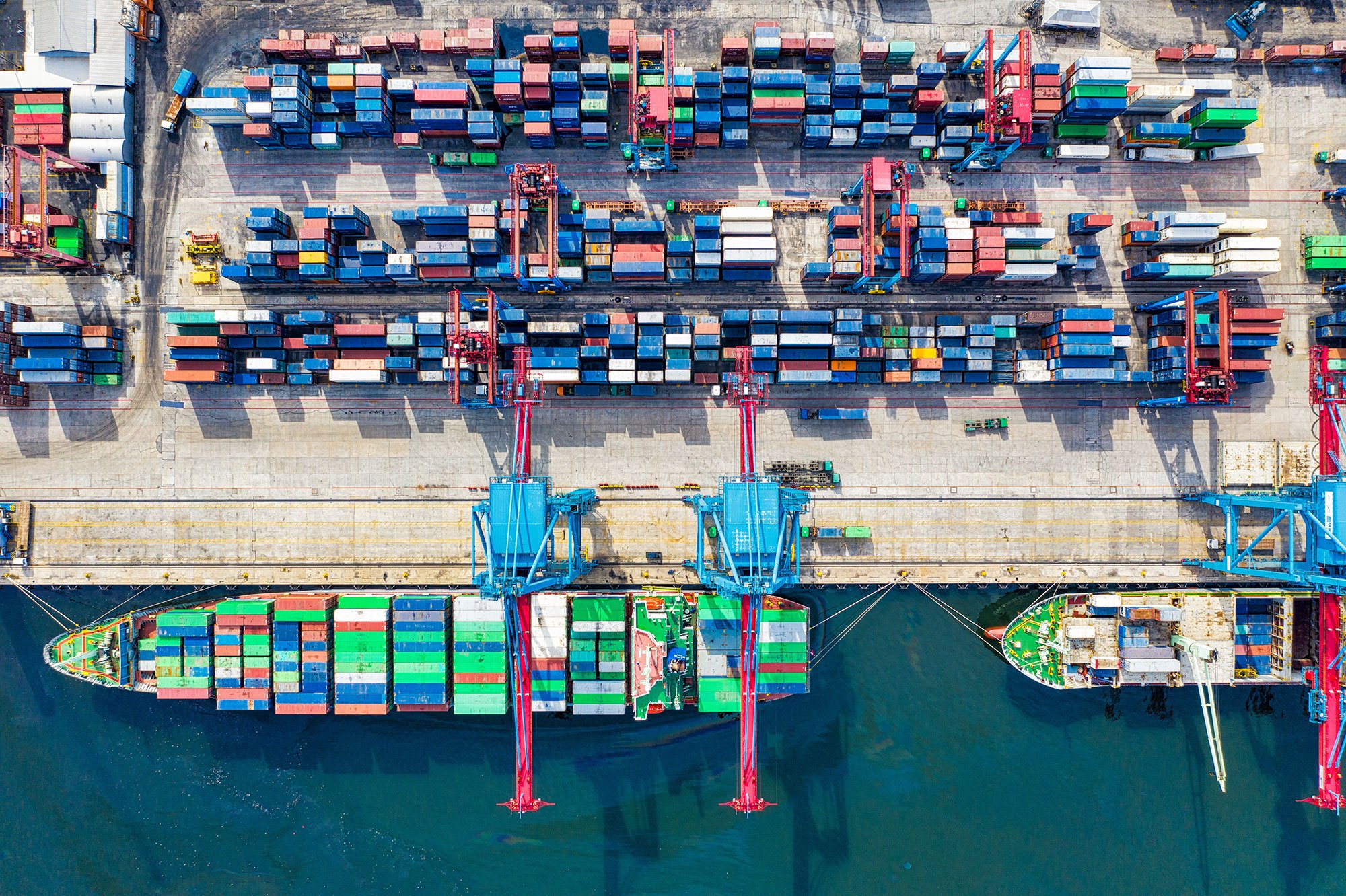Introduction
In today’s world, the long term survival of any business entity is dictated by the efficient supply & delivery process that an entity has implemented. To succeed in a dynamic demand & supply environment, Indian Companies need to ensure that proper coordination is in place between their suppliers & their customers until the last of the supply chain demands are satisfied without delay. This necessitates the need for tracking the inventory on hand augmented by solid order & supply chain management. This is very crucial to cost control, availability to supply on demand, maintain market control & eventual profitability.
To meet this critical need to handle the demand & supply effectively, supply chain management is an important component. Companies are investing crores of rupees in SCM product & applications with SCM, a business can estimate future demand for its products, enabling planners to accurately estimate future needs for supply & extends to execution with the planning of their plants, transportation & logistics.
With much competition from global players in the market, companies in the supply chain business face multiple challenges. Materials & Production costs must be minimized without sacrificing quality or timeliness. Inventory levels must be optimized to keep the balance sheet healthy, the order gets shift with an hour, & when that is not feasible, customers must be notified promptly of delays.
In any supply chain, there is one last entity on which the entire process depends on “the customer” all manufacturers, suppliers, distributors & retailers will only be successful if they collaborate with each other in satisfying the customer demand. If one supply chain fails to meet the demand, there will be a chain reaction that will eventually affect the end customer supply resulting in customer dropping their business as well.
Global Economic Scenario
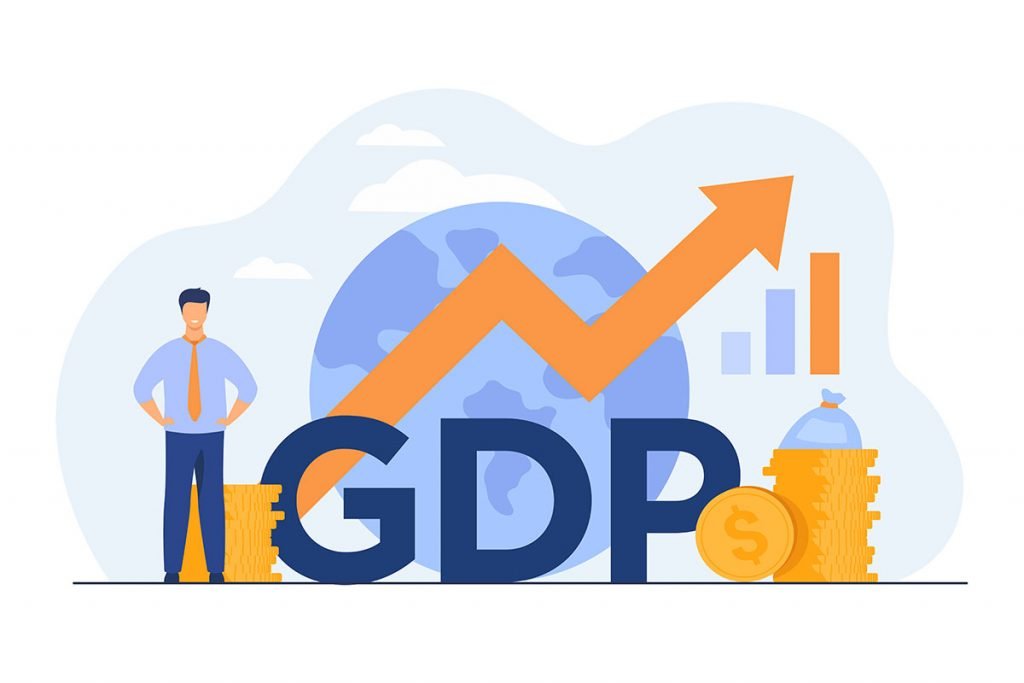
The Economies of the Asian region are growing at a fast pace in the global economies. Asia is a host to three economies viz. China, Japan & India and accounting for more than 35% of the world GDP. Today Asia’s share in the world GDP exceeds that of the European Union & the US. Being the fastest growing economy of the world, over the past 2 years, china & India contributed 73% to Asian growth and 38% to the World GDP growth. The Asian region has increasingly become a major center of World Trade, Global capital flows, and other Macro-Economic parameters. One of the major strengths of the Indian Economy is that India will remain one of the youngest countries in the world in the next few decades. This demographic dividend is seen as an inevitable advantage provided prerequisites such as skill up-gradation & sound governance to realize it is put in place. In terms of the business environment, the impressive growth coupled with the market orientation of the economy has to be bottom-up – exercised with a very broad-based growing entrepreneurial class. These tendencies are perhaps a reflection of a penchant for innovation among the growing entrepreneurial class in India, imbued with professionalism & seeking to be globally competitive.
India Vision 2025

Our vision of India 2025 is of a country with a well-developed network of roads and railways and adequate capacity to handle the growth in demand for transport. It is expected that the volume of road traffic will multiply about five-fold, carried over a 70,000 km network of National Highways, including 5,000 to 10,000 km of expressways, linking the golden quadrangle of Delhi-Mumbai-Chennai-Kolkata-Delhi as well as northern, southern, eastern and western portions of the country, mostly with four or more lanes. State Highways with at least two-way lanes will link most districts. Rural roads will provide access to the furthest outlying villages. Technological progress will generate vehicles that are pollution-free and fuel-efficient. An efficient public transport system will lead to a reduction in the population of two-wheelers in major urban areas.
Based on projected GDP growth of 8 per cent per annum, the total freight traffic is likely to reach about 5,500 billion tonne km by the year 2025, five times the level in year 2000. The proportion of manufactured products to bulk cargo will also rise, with a larger proportion of liquids being carried through the pipelines. General merchandise will travel longer distances and in much smaller consignments, favouring smaller carrying units. The rising value of consignments will place a higher premium on the speed of transit in order to minimise inventories. The total logistical management of transportation, marketing and distribution will become commonplace for most general merchandise. These changes, together with the impact of other factors such as energy efficiency, environmental pollution, and technological changes in each mode, will result in changing preferences for alternative modes of transport.
Passenger traffic is expected to increase more than four-fold over the next 20 years. For long distance travel, the demand for air services will grow rapidly, as speed becomes an increasingly important consideration. Already more people travel between Delhi and Mumbai by air than by rail. Overnight sleeper class travel will continue to be the railways’ strength, as long as booking, reservations, comfort and other customer services are continuously enhanced to keep pace with rising customer expectations.
For medium distances up to 500 kms—with four-lane highways connecting the country, expressways coming up close to the main metro cities, and car ownership increasing rapidly—the bulk of the passenger travel may start moving towards ‘own vehicle travel’, a phenomenon already observed in most countries. Fast inter-city rail services will have an edge over air travel for this segment of traffic.
Road transport is best suited for short distance traffic, except where volumes increase to very high levels and rail-based mass rapid transport offers a cost-effective alternative.
The railways will have to be expanded to handle a three-fold increase in traffic. Improved customer service, comfort and safety, a reduction in freight costs and tariffs, elimination (or at least reduction) of the uneconomic services, non-paying projects and subsidies will be necessary for this. India will need airports of international standards for passenger and cargo handling and modern handling systems at major ports to reduce delays in berthing. Institutional arrangements will need to be in place with adequate funds for proper maintenance, especially of roads. Urban transport systems will be needed in all cities with a population of a million plus.
Supply Chain Management
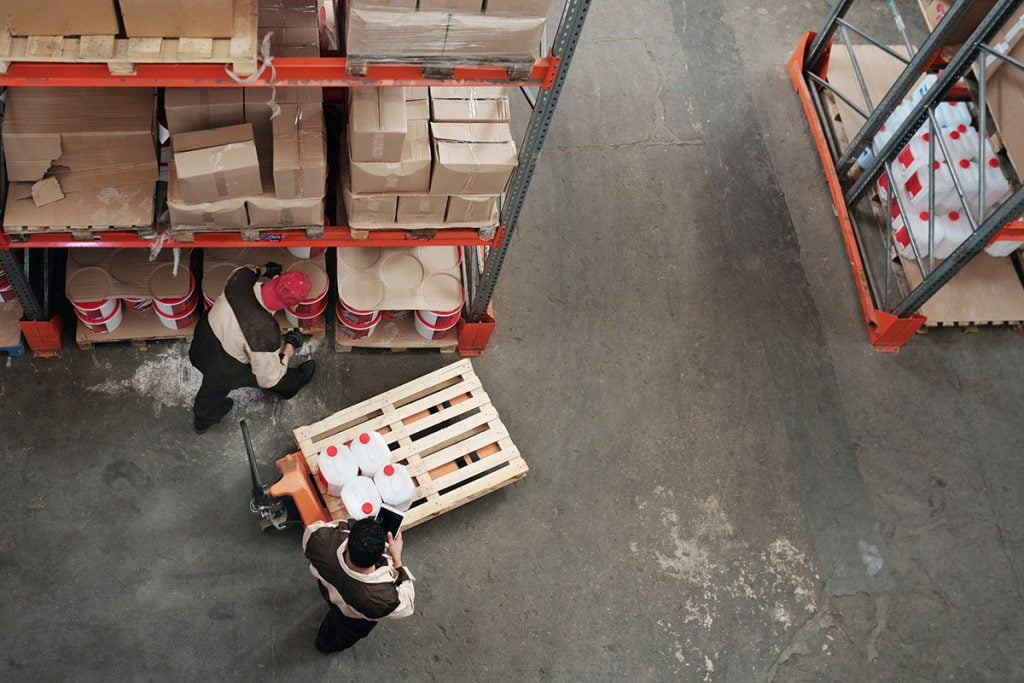
The central idea of supply chain mgmt. is to apply a total system approach to managing the flows of information, materials & services from raw material suppliers through factories & warehouses to the end customer. Recent trends such as outsourcing & mass customization are forcing companies to find flexible ways to meet customer demand. The focus is on optimizing core activities to maximise the speed of response to changes in customer expectations.
Virtually every industry is broadening its product lines to provide a variety of choices that customers want. The challenge is not only to produce so many different products but also to distribute the products to a global customer base.
Supply chain management is important in business today. The term supply chain comes from a picture of how organizations are linked together as viewed from a particular company. Many companies have enjoyed significant success due to the unique ways in which they have organized their supply chain. For example, Dell Computers skips the distribution & retail steps typical of a manufacturing supply chain. However, a good supply chain design for one company may not work for another. The supply chain should be structured to meet the needs of different products & customer groups.
Measures of supply chain efficiency are inventory turnover & weeks of supply. The efficient process should be used for functional products & responsive processes for innovative products. This alignment of supply chain strategy & product characteristics are extremely important to the operational success of a company.
Companies that face diverse sourcing, production & distribution, decisions need to weigh the cost associated with materials, transportation, productions, warehousing & distribution to developed a comprehensive network design to minimize cost.
The role of key component of supply chain
The role of key components of the supply chain for the fulfillment of India Vision 2025 are discussed as under:-
Warehousing
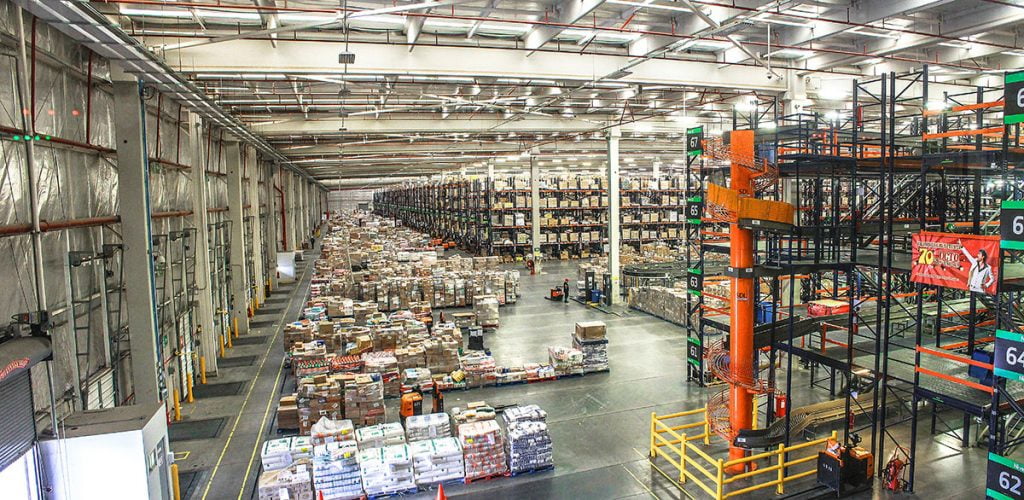
In India, the role of warehouses in the overall supply chain was always underplayed. But the present concept of integrated supply chain management has to focus on all components viz. transportation, warehousing, inventories, information, etc. so as to improve the efficiency of the supply chain which is vital to the economy of the nation. The four major types of warehousing in India are for the storage of Industrial goods, white goods, Agricultural goods, and Perishable goods.
The warehouse is an integral part of logistics, a tool for competitive advantage. Warehouses are required to hold inventories to balance demand and supply. It acts as a buffer between uncertain supplies and manufacturing plans and cyclic market requirements in the outbound logistics. Warehouses are also required for the preservation, storage of goods, as consolidation hubs, and as distribution centers.
Today manufacturing companies are concentrating more on the core activity and have gone ahead outsourcing the warehousing and transportation to 3PL service providers and to save on inventory, they prefer to maintain a stock & replenish on a need basis.
There is a trend to develop efficient warehousing to support integrated logistics needs. Older warehouses were mere godowns without proper material handling facilities leading to wastages, damages, obsolescence, and higher cost of operation, are steadily being replaced by newer automated warehouses with advanced, computer controlled material handling system requiring few employees. This will bring about transformation in the logistics and warehousing industry. The entry of multinational companies in India has brought the international logistics concept and the trends are to outsource the supply chain management function to the third party logistics (3PL) service provider to provide world-class services.
Indian companies have evolved from conventional transport to a single-window logistics service provider with value addition of warehousing, inventory management, distribution, and other customized services. The warehousing has evolved a lot of value-added services. With the vibrant economy, warehousing would be more adaptive, flexible; customers focused and continue to be a key driver to provide single-window logistics solutions.
Inventory Management
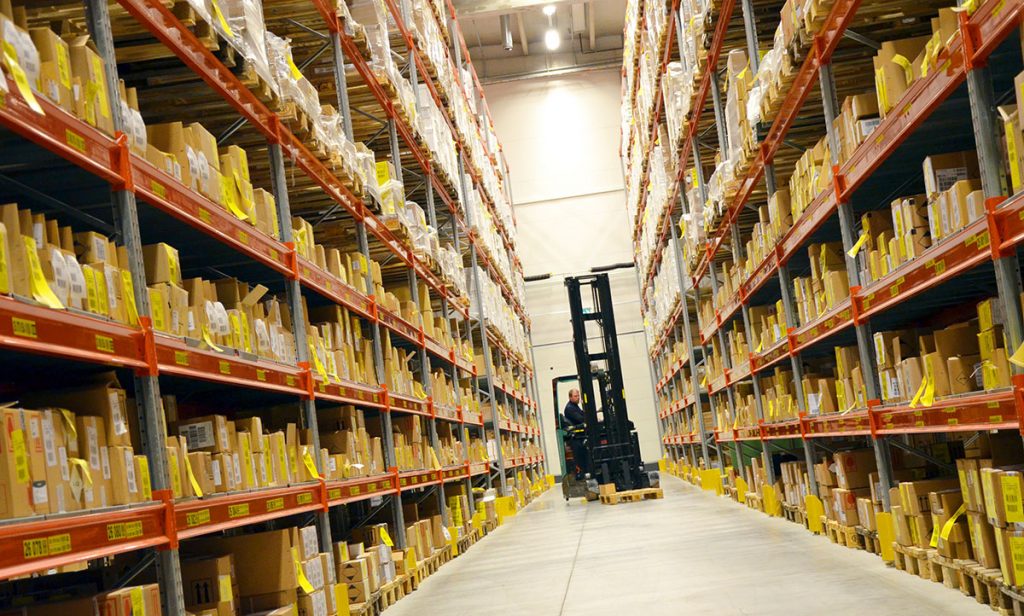
Inventory management will play a key role as it affects customer satisfaction. Firms need to maintain the delicate balance between carrying too little inventory & carrying too much. Thus in managing inventory, firms need to balance the cost of carrying larger inventories against resulting sales & profits. Many companies would greatly able to reduce their inventories & related cost through just-in-time logistics systems. For example, Dell a master in just-in-time producer has realized substantial savings in inventory carrying & handling costs. With RFID in place, companies would know at any time exactly where a product is located physically within the supply chain.
Transportation
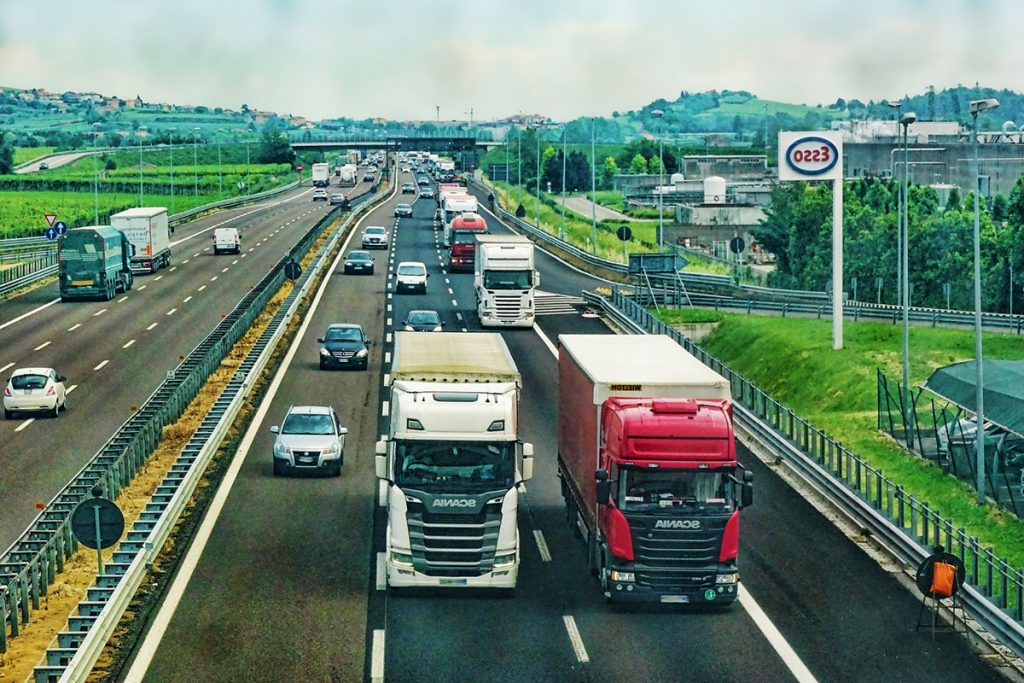
The choice of transportation carriers affects the pricing of products, delivery performance & conditions of the goods when they arrive. In shipping goods to its warehouses, dealers & customers, the firm would be choosing among 5 main transportation modes; Truck, Rail, Water, Pipeline & Air along with an alternative model for digital products; the internet. In choosing a transportation mode for a product, shippers would be balancing many considerations, speed, dependability & availability cost & others. Thus, if a shopper needs speed, Air & Truck are the prime choices for transportation.
Radio Frequency Identification (RFID)
Radio Frequency Identification is an automatic data collection technology that was tiny computer chips attached to objects that track products as RFID tagged items move through a supply chain. It is an electronic labeling & data collection system using radio frequency signals to identified & count closely spaced items.
India emerges as the natural choice for firms engaged in RFID product development because of its highly skilled work forced & strong IT-based. India is also being used as a center for executing RFID implementation for the entire Asia Pacific region.
RFID has the best application in the area of SCM. If a store shelf is empty of a popular product, with RFID technology, a computer could send an e-mail to alert about the shortage. The store could then automatically notified the distributor & manufacturer about the product for more products to be shipped. All the members in the supply chain stand to the benefit-the customer, the retailer & the manufacturer.
RFID, a tab on goods as they move throughout the supply chain process, proactively communicates information about their identities & locations without any human interventions.
SCM in India is in a nascent stage. It is difficult to find many companies who are moving
10 – 100 million cartons a year. Further, the retail sector is just getting organized & thus only a small percentage of retailers will consider using RFID for managing their supply chain. Sectors like retail apparel, aviation & energy are experimenting with RFID technology in a big way. M/s Bartronics, Hyderabad based company manufactures smart RFID tags. Wipro, Satyam & Infosys are providing the Hardware Solution, Software services & consultancy. Dr. Reddy’s Laboratories, M/s ITC, M/s L&T, M/s Maruti Udyog, M/s Ashok Lenant & M/s Pantaloon are the companies who have begun the use of RFID in their supply chain.
Conclusion
In this era of competition, the large Indian manufacturer is exercising not only to exercise control on cost but also to use all the components of supply chain management including logistics, warehousing as a means of differentiation in both domestic & international market. Due to the advantage of forthcoming road infrastructure, software capabilities, forthcoming private telecom network, cheap labour workforce & most importantly the availability of end market, the supply chain management is going to contribute in a big way for achieving India Vision 2025.
The government of India needs to take the challenge in shorting out the issues of customs clearance, flexibility in labour laws & other related issues so that multinational are encouraged to go in for massive investment to give a boost to the economic development of India for fulfillment of India Vision 2025.
*****


